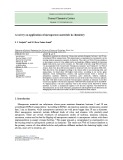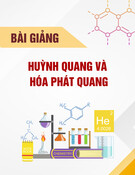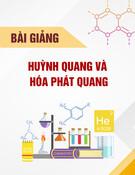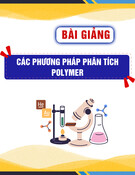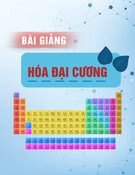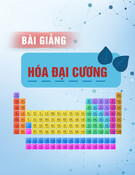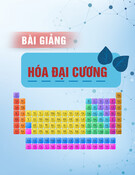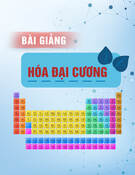
* Corresponding author. Tel: +1-519-900-1541
E-mail address:sjsadjadi@iust.ac.ir (S. J. Sadjadi)
© 2019 by the authors; licensee Growing Science, Canada
doi: 10.5267/j.ccl.2019.002.001
Current Chemistry Letters 8 (2019) 69–86
Contents lists available at GrowingScience
Current Chemistry Letters
homepage: www.GrowingScience.com
A survey on application of mesoporous materials in chemistry
S. J. Sadjadia* and M. Reza Naimi-Jamalb
aDepartment of Industrial Engineering, Iran University of Science and Technology, Tehran, Iran
bDepartment of Chemistry, Iran University of Science and Technology, Tehran, Iran
C H R O N I C L E A B S T R A C T
Article history:
Received January 5, 2019
Received in revised form
February 20, 2019
Accepted February 20, 2019
Available online
February 22, 2019
Mesoporous materials are substances whose pores maintain diameters between 2 and 50 nm,
according to IUPAC nomenclature. This paper presents a comprehensive scientometrics on the
existing trend on mesoporous materials in chemistry. The study uses Web of Science database
as the primary source of value added articles and performs different methods for detecting
highly cited articles, most active countries, etc. The search of articles using Web of Science
was accomplished with two keywords “Mesoporous materials” and “Chemistry”. In Web of
Science, there were about 800 articles related to these keywords over the period 1900-2019.
Then the articles were arranged according to the citation order in non-increasing order, and
among them, we found about 200 highly cited articles. According to our survey, green
chemistry, water, heterogeneous catalysis and aqueous-solution build a structure on
mesoporous materials. Moreover, conversion, guest molecules, triblock, oxidation,
heterogeneous catalysts set the corner of other structure of the study. The survey also indicates
that there were three clusters associated with mesoporous materials in chemistry. In the first
cluster silica appears to be the most important word followed by molecular-sieves and MCM-
41. Organic-group is the most important word in the second cluster followed by hybrid
materials. In cluster 3, nanoparticles appears to be the most important word followed by
functionalization. In our study, absorption, nanoparticles and drug-delivery are detected as the
emerging keywords and future studies could be concentrated on these subjects.
© 2019 by the authors; licensee Growing Science, Canada.
Keywords:
Chemistry
Scientometrics
Bibliography
Mesoporous materials
1. Introduction
Mesoporous materials are substances whose pores maintain diameters between 2 and 50 nm,
according to IUPAC nomenclature.1 According to IUPAC, microporous materials contain pores smaller
than 2 nm in diameter, while macroporous materials are with pores bigger than 50 nm in diameter.
Most mesoporous materials include different kinds of silica and alumina with similarly-sized
mesopores. There are several evidences of mesoporous oxides of niobium, tantalum, titanium,
zirconium, cerium and tin but the flagship of mesoporous materials is mesoporous carbon with direct
implementation in energy storage facilities.2 This paper presents a comprehensive scientometrics on
the existing trend on mesoporous materials in chemistry. The study uses Web of Science database as
the primary source of value added articles and performs different methods for detecting highly cited
articles, most active countries, etc.





